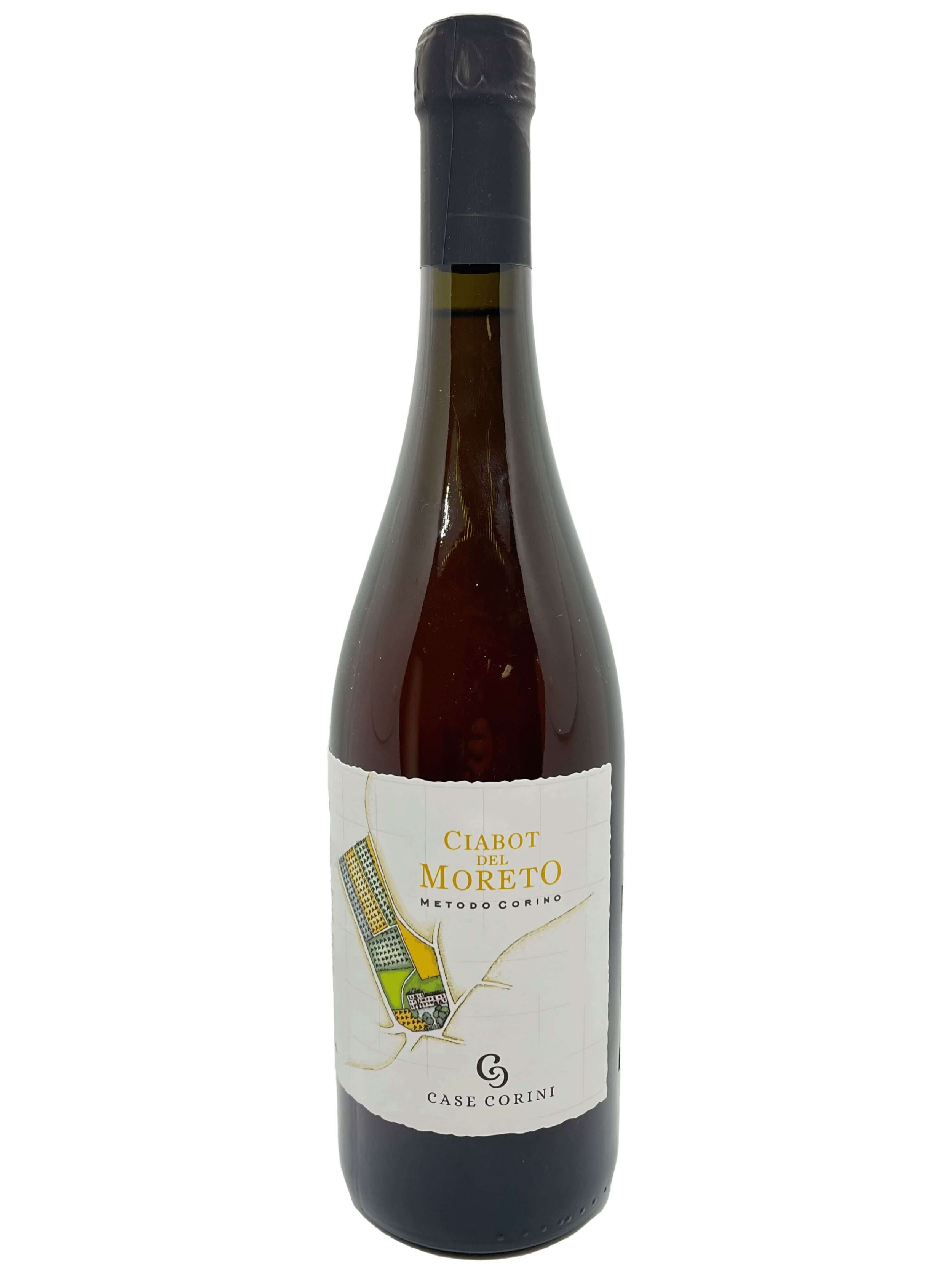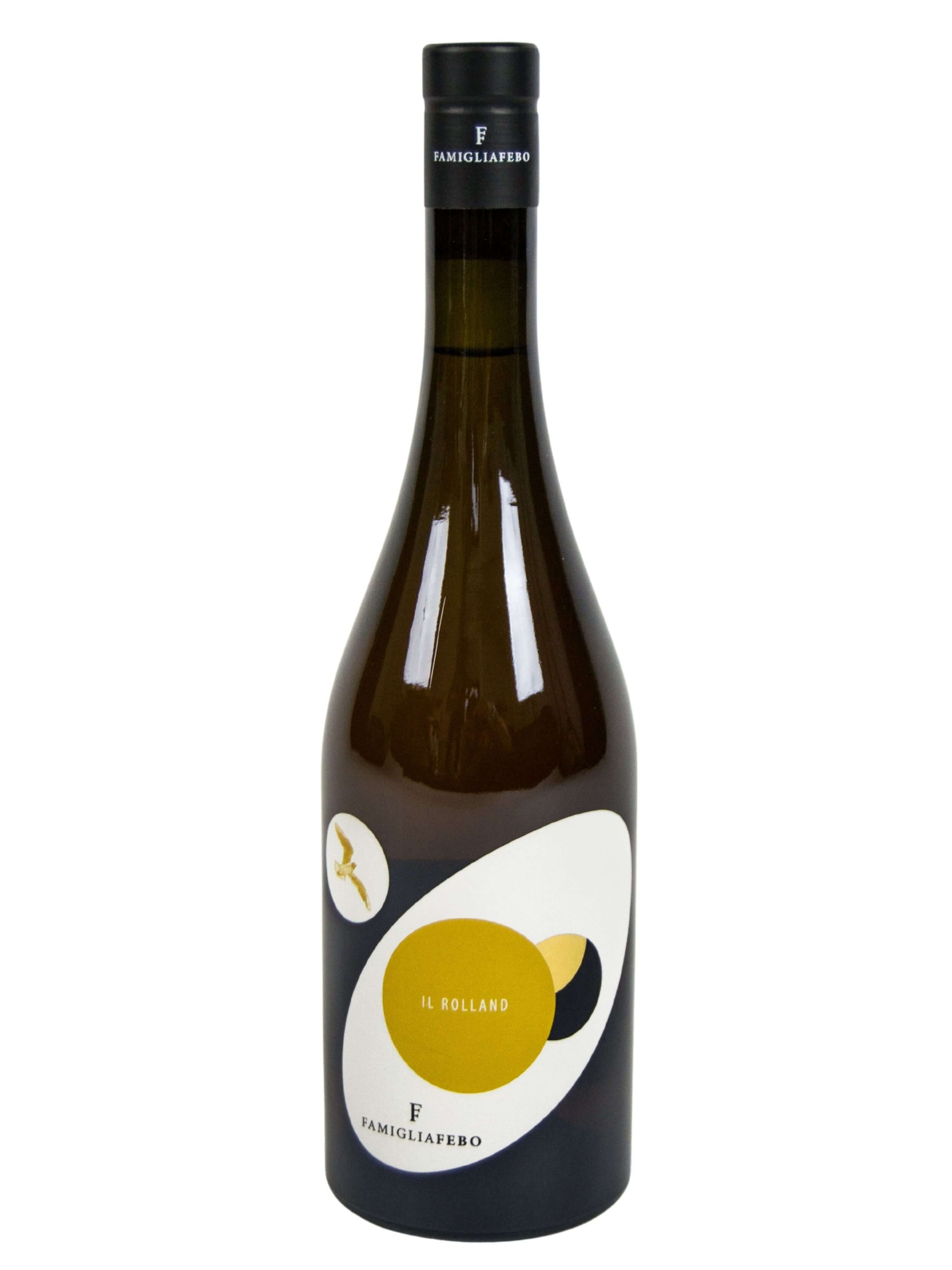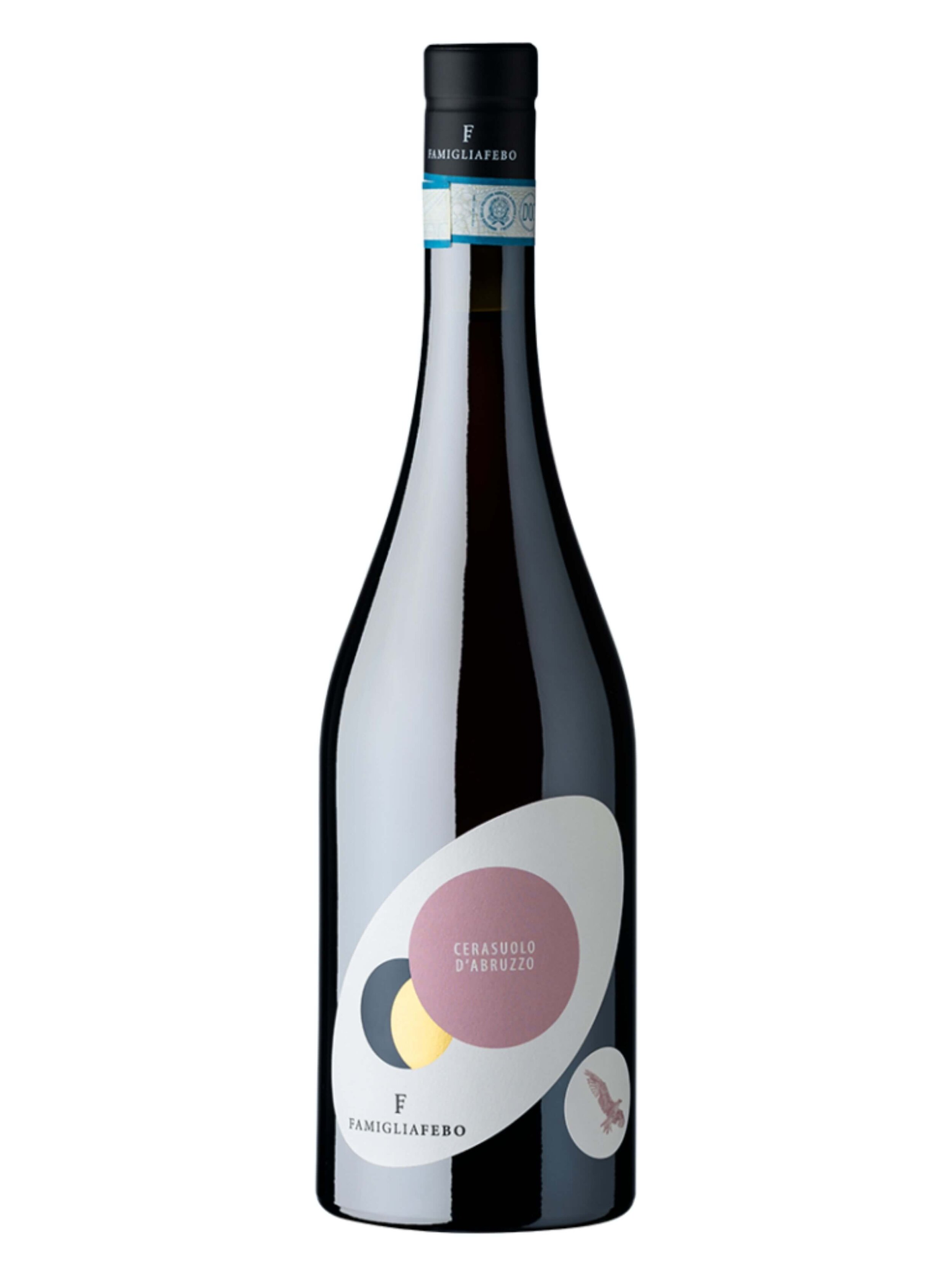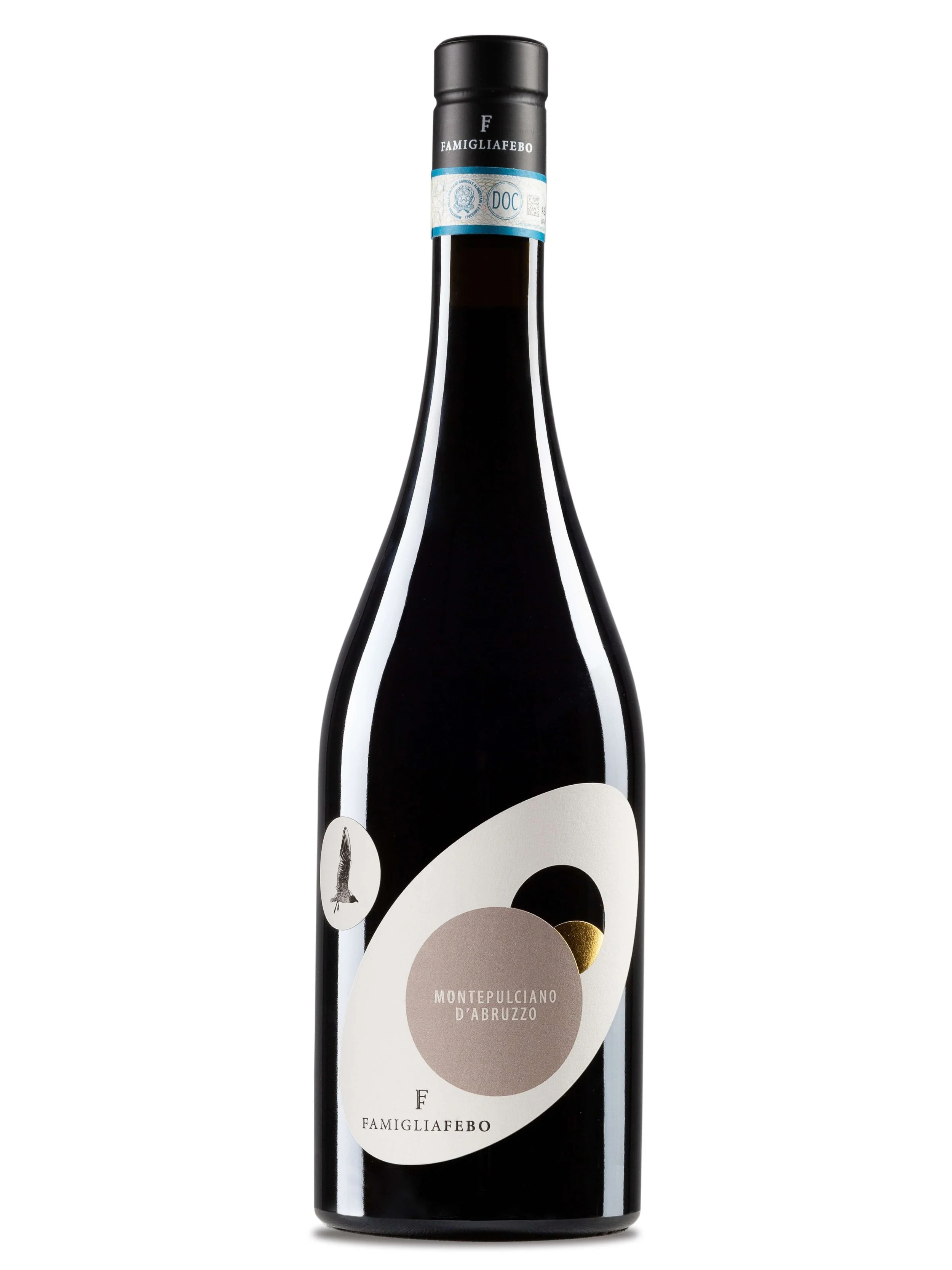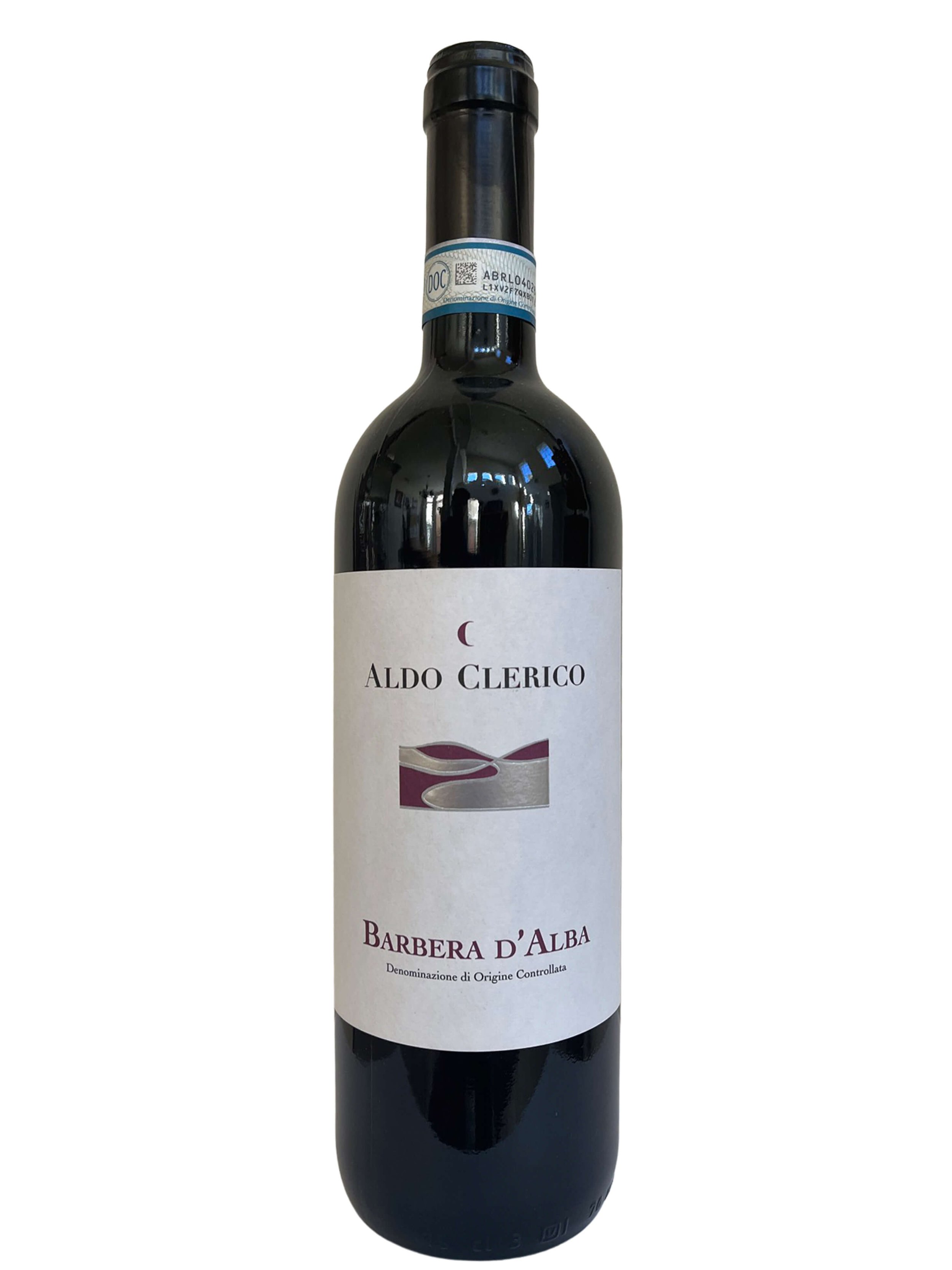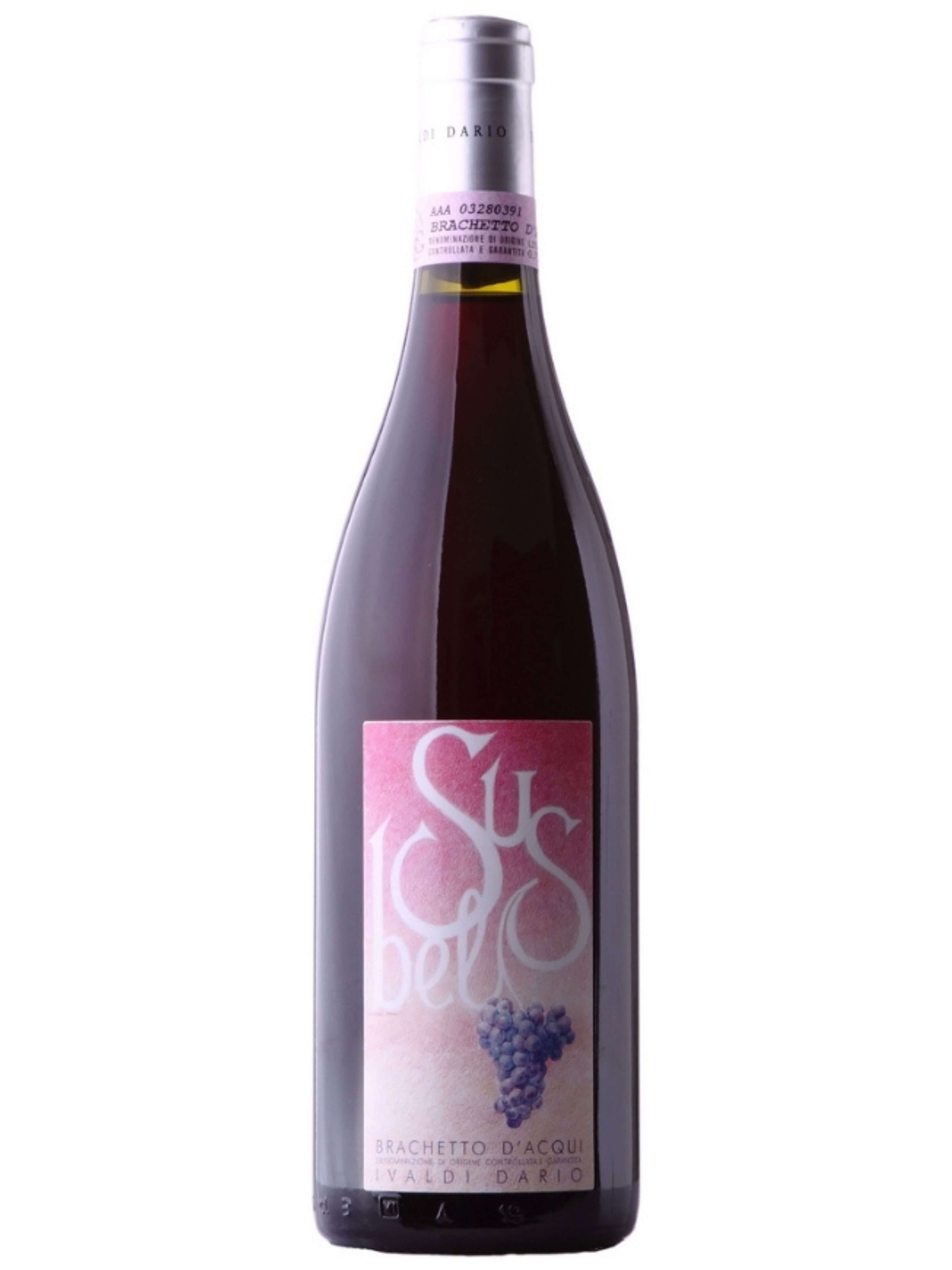Wine Biology 101
Do you remember biology lab in school when you first dissected a frog, or other animal? It was fascinating to go under the microscope to see in miniature what made up a living body.
Well, think of this article as a biology class for grape vines.
In this viticulture series which started with an article on vine rootstocks, we now dissect the vine and the grape. We look at the grape vine and the grape itself and their anatomy so to help us better understand not only where wine comes from but also what aspects of its anatomy impacts terroir, vintage variation, and ultimately the style and taste of the wine.
Anatomy of a Vine
Let’s start first off with some vocabulary definitions of the most essential building block of a vineyard: the singular grape vine of the vineyard. This is, after all, what makes wine: good vines make good grapes which make good wine, as our wine farmer producers say.
Roots
As we talked about in our previous article about rootstocks and grafting, this crucial part of the vine not only anchors the vine in the ground, but also feeds the vine. Through the ever downward reaching root system, they feed the vine water and important nutrients from the soil itself. We won’t go too much into it here, because our previous article “Down to the Roots of the Vineyard” covers extensively the importance of the roots of a vine.
Trunk
Moving up, we have protruding from the ground, the trunk. Here we have the main support body of the vine, from which all else branches out. Because it forms the main woody body and is never cut back or pruned, this can also be called “permanent wood”. The trunk gets thicker with age, leading to the aesthetically pleasing gnarled look some vines can get when they get up there in age. As well, the height of the trunk can differ, depending on the winemaker’s preference for pruning methods (stay tuned and subscribe to our newsletter for another article on pruning techniques).
An old vine from the Febo family vineyards, showing an old knarled trunk.
Cordons and Canes
Branching out from the trunk, we can find here two options (again, the appearance of each depends on pruning preferences): cordons or canes. Cordons (sometimes called arms) are extensions of the trunk; permanent wood, they are rarely trimmed or cut back and in most classic cases extend perpendicular to the trunk, but not always, especially in older vineyeards.
A cane is often called “one year wood” as it is often left over from the prior growing season, so it is an in between of old permanent wood and new green growth. A cane can be short, at which point it is called a spur, that branch directly off of a trunk head or a cordon, or they can extend vertically along a wire as a sort of thin cordon. From these canes, spurs, or one year wood will come the shoots (discussed below).
The choice between cordons, canes, positioning etc, are all decisions made by a winemaker during pruning and can vary greatly in the vineyards of a winery, and even winery to winery.
It’s Good to Be Green: The Green Bits
Now we come to the tippy top of the vine, the parts that grow anew every single year: the green parts. These create the canopy, or the big bushy green part that you see when you think of beautiful full grape vines. First are the shoots that create the structure. They are the thickest part of this, and they will grow out of the spurs and one year wood left during pruning. During the growing season the shoots will be tied to wires if the producer wants to help control the direction and “neatness” of the growth. From these shoots grow the tendrils, small thin string-like pieces that grow and help the vine crawl and anchor itself as it grows. As well, the leaves come off of the shoots. Crucial in so many ways, leaves not only feed the plant through photosynthesis and absorbing the sunlight, but in warmer climates the can provide shade to help shield vulnerable, juicy grape bunches from the hot sun.
New shoots in the Vigna Petrussa vineyard.
Lastly, coming off the shoots is arguably the most delicous part of the vine: the flowers and stems that will become buds and our wine grape clusters.
Anatomy of a Grape Berry
Now the most important part of winemaking: the grape itself. Inside this grape we will find all the chemical compounds, sugar, water, color, and so much more that will make the flavors and characteristics of a wine stand out.
Skins
Working from the outside in, we have the skins. In the skins we find important compounds such as color, tannins, and some of the compounds that will give us varietal character. As well on the skins we will find our yeasts when winemakers choose to undergo native yeast fermentation or spontaneous fermentation.
Pulp
Held in by the skins, is the pulp. Mainly water, this pulp will be a deciding factor in the volume of wine produced in a harvest: fatty juicy berries produce higher quantities. While water may be number one in the pulp, the sugars run a close second. These sugars will give sweetness, flavor, and fuel to the yeasts to convert to alcohol. Also found in the pulp are important acids such as malic and tartaric acids that will help give the juice enough acidity to balance out the sweetness. It is worth noting, that most pulps are colorless, as mentioned previously, it is in the skins that we find our color compounds.
Seeds
And we come to the most inner part of the grape, the inner sanctum holding the DNA and potential reproductive starter kit (that if you read our grafting article would know more often than not never gets used). The seed itself contains lots of tannins as well as certain oils that can have a bitter flavor. It is because of these seeds that ideas about pressing are so important: break these seeds or squeeze them too much and you risk extracting too much tannin or unpleasant flavors.
Importance of Understanding This Anatomy
So why is it that sommelier courses such as WSET or Master of Wine will focus so heavily on this anatomy, forcing students to memorize all these parts and what they do? Well, how each of these different parts interact with a wine will give a particular variety different characteristics, or allow more or less terroir to shine through.
For example, with the vine, as we will discuss in a future article, how you prune each of those separate parts will affect sun cover, wine and rain protection, and so much more for a grape. Farmers can choose to mold or model the vine if necessary to help protect it from local elements, or leave it to grow on its own as many natural wine makers choose.
Within the grape itself, understanding where flavors, sugars, or tannins come from, help us understand the changes things like pressing can make in a wine as we mentioned. Other parts? Think about the skins, how when white wines are left in skin contact, we get so called orange wines, because color is able to be drawn out from the skins rather than immediately drained away (such as in wines like La Maliosa’s Saturnia Bianco or Case Corini’s Ciabot del Moreto). As well, think about rosé wines, and how changing the skin contact with red wine grapes can change a wine too. Like Febo’s Cerasuolo d’Abruzzo and Febo’s Montepulciano d’Abruzzo. Both are montepulciano wines, coming from sometimes even the same vineyard, the Cerasuolo comes out much lighter in red color, tannins, and flavor compared to the standard Montepulciano thanks to short maceration on the skins, drawing out less of those compounds.
Old vines from the Case Corini vineyards.
Other things are like changes to a vintage, where variations such as heat can change the skin color and reduce pulp, calling for more concentrated than usual colors, such as what we see in Febo’s Rolland which, despite being a white pecorino wine, comes out almost orange in color. Keeping with the skins, knowing what particular grapes have either thicker skins, or have more pigment compounds in their skins can tell you a lot about the color. Take for example the Piedmont classics nebbiolo and barbera. Nebbiolo wine is low in anthocyanins, an important color compound, whereas Barbera grapes are high in it. Despite often growing the the same vineyards or at very least next to each other, they come out with vastly different colors, all thanks to the skins.
Terpenes are aromatic compounds which certain grapes, like moscato and brachetto, have a lot of and is what makes this wines they make so intriguing.
Leveraging sugar in wine making capitalizes on this, working to dry out grapes, lessen the water content compared to the sugar content and also heighten not only the sugar perception but also so many flavor compounds as well. Aromatic wines, like Brachetto d’Acqui and Moscato d’Asti, are sometimes made sweet: to help elevate the flavor compounds found in the skins.
As we mentioned with the Brachetto and Moscato, compounds found in the skins are important, like the molecule rotundone which is responsible for the distinct peppery smell and flavor found in grapes like schioppettino.
And as we touched on before, things like the seeds impact greatly the flavor, whether pressed or free run juices, or even if a method such as carbonic maceration has been used, such as in the Clos des Amis Zinfandel where whole clusters are left in a sealed container to ferment on their own native yeasts found on the skins, drawing out crazy color and flavor compounds from the skins and pulp.
Learn by Doing… or Rather Tasting
Seeing as vine and grape anatomy is so crucial to a vineyards health, and can even at times reflect a winemaker’s philosophy, here at Vero, we find it very important to think about the hows and whys behind wines to really understand the basics of wine making decisions. And sometimes the best way to learn is to taste it… try wines that were grown certain ways and taste how that makes them special and unique.
We sell these farm to glass wines and olive oils we have discovered to businesses and consumers across the US:
If you are a distributor reach out to us introduce our highly curated portfolio of one of a kind small production wines to your state.
We sell to wine stores and restaurants in certain states - contact us to learn more.
If our farm crafted natural wines and olive oils are not in your local shop or restaurant, buy wine online here, and we’ll ship it to you, including wine gifts.
We also have an award winning wine club for true wine explorers that are seeking to continually discover unique, sustainable and authentic small production wines they never had. These are wines selected by our sommeliers and curated for each box.
We do corporate gifts and sommelier guided wine tastings. Email us and we’ll tailor unique and sustainable corporate gift ideas.







